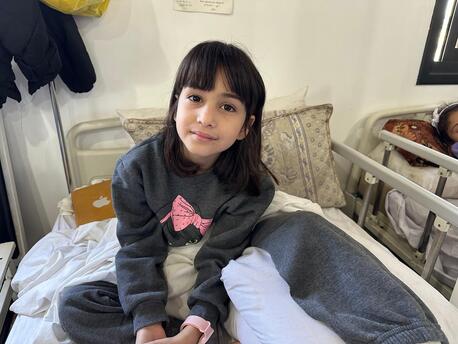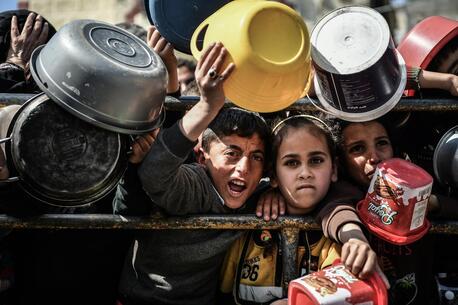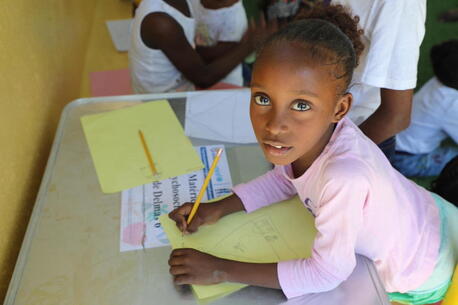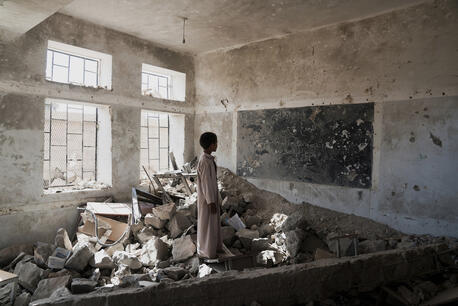
Over 300,000 Grave Violations Against Children in Conflict since 2005
Every day, girls and boys living in areas affected by war and conflict endure unspeakable horrors that no human should ever experience. A closer look at what UNICEF is doing about it.
Despite decades of advocacy with parties to conflict and those who influence them — despite enhanced monitoring, reporting and response mechanisms for grave rights violations — children continue to bear the brunt of war.
From 2005-2022, there were 315,000 grave violations against children in more than 30 conflict situations across Africa, Asia, the Middle East and Latin America, according to UN verified reports. The actual number of violations is likely to be far higher, UNICEF reported.
UN-verified violations include at least 120,000 children who were killed or maimed — an average of almost 20 children killed or maimed every day; at least 105,000 children recruited or used by armed forces or armed groups; over 32,500 children abducted; and more than 16,000 children subjected to sexual violence.
"Nothing justifies the killing, maiming or abducting of children – grave rights violations which UNICEF wholeheartedly condemns," UNICEF Executive Director Catherine Russell said in a recent statement.
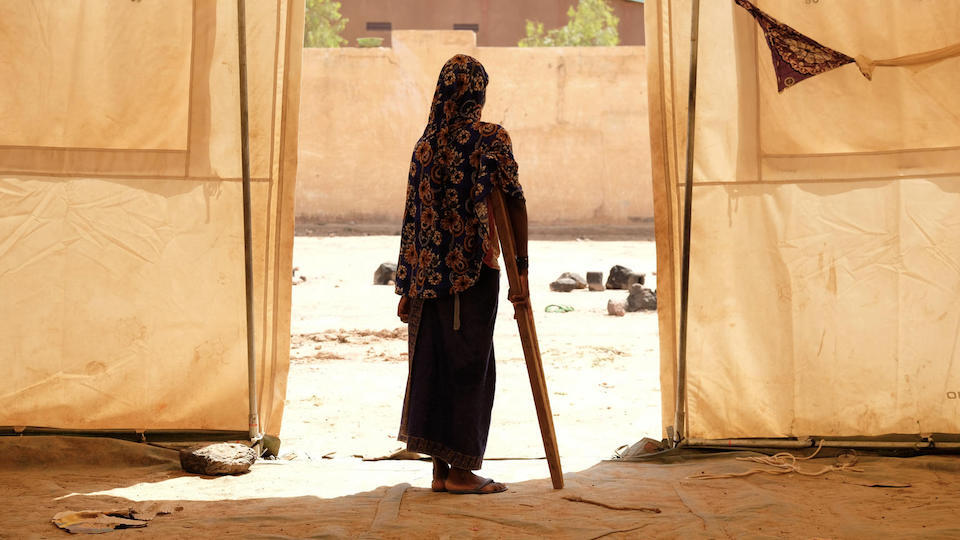
The issue first gained prominence in 1996, with Graça Machel's seminal report on the impact of armed conflict on children, presented to the UN General Assembly. The report urged member states and the global community to take concrete and comprehensive action to improve protection and care of children in conflict situations — and to prevent conflicts from occurring.
It was in 2005 that the UN Security Council identified — and condemned — six grave violations against children in times of war: killing and maiming of children; recruitment or use of children in armed forces and armed groups; attacks on schools or hospitals; rape or other grave sexual violence; abduction of children; and denial of humanitarian access for children.
Armed forces and armed groups are required by international humanitarian law to take measures to protect civilians, including children, who are particularly vulnerable during times of war. Cases of violations are verified by the UN-led Monitoring and Reporting Mechanism (MRM), which was established in 2005 to systematically document the most egregious violations against children in conflict zones.
On top of the 315,000 individual violations from 2005-2022 reported in June 2023, there were 16,000 attacks on schools and hospitals and 22,000 instances of denial of humanitarian access for children. Many millions more children have been displaced from their homes and communities, lost friends or family or been separated from parents or caregivers.
How UNICEF helps protect children in conflict zones
UNICEF has supported the care and protection of millions of children affected by conflict to enhance their well-being, including through the provision of mental health and psychosocial support, child protection case management, family tracing and reunification and services for child survivors of gender-based violence.
Specific interventions and response services include:
- caring for and working to reunite children who have been separated from their families
- creating Child-Friendly Spaces that give children a safe place to rest, play, learn and receive psychosocial support
- working with partners to stop trafficking and to dismantle systematic sexual abuse, which is increasingly used as a weapon of war
- providing recovery services to victims of sexual abuse
- protecting children from military conscription and helping with the release and reintegration of children from armed forces into their communities
- supporting millions of children in areas affected by landmines and explosive weapons with education to raise awareness, and assisting the injured
- providing emergency relief essentials such as safe water, health care and hygiene kits
In 2022, UNICEF reached almost 12,500 children who exited armed forces or armed groups with reintegration or other protection support, and more than 9 million children with information that they can use to protect themselves from explosive remnants of war.
“Any war is ultimately a war on children,” Russell said. “Exposure to conflict has catastrophic, life-changing effects for children.
"While we know what must be done to protect children from war, the world is not doing enough. Year after year, the UN documents the visceral, tragic and all too predictable ways that children’s lives are torn apart. It is incumbent on all of us to ensure that children do not pay the price for the wars of adults, and to take the bold, concrete action required to improve the protection of some of the world’s most vulnerable children.”
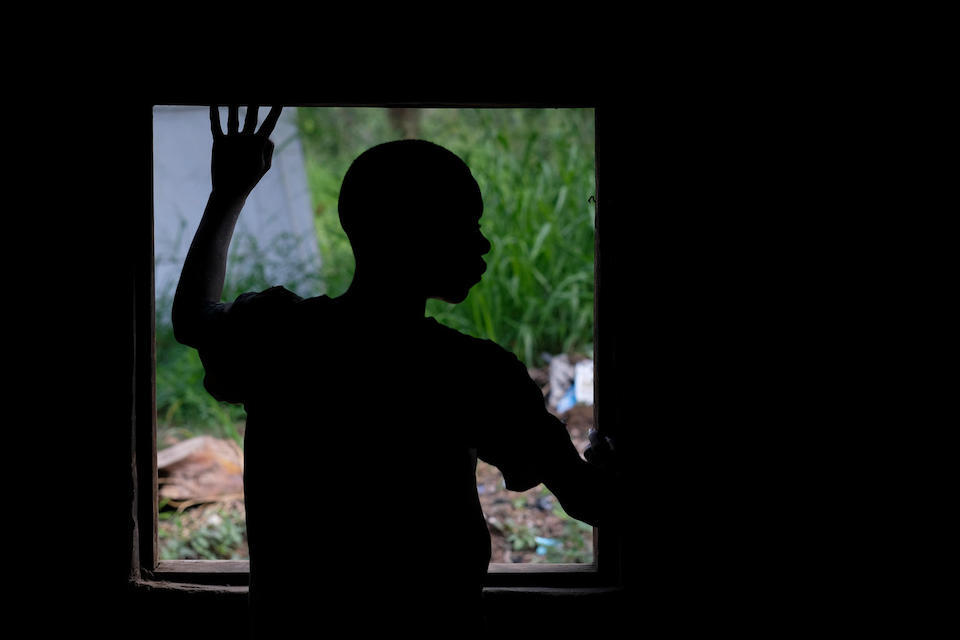
More action needed to protect children in armed conflict
UNICEF asserts that it is not inevitable that children should be direct targets. That, too often, warring parties block and deny lifesaving assistance to children while millions are left to suffer from severe acute malnutrition, made more vulnerable to disease, and deprived of an education.
UNICEF has a standing call to action for all parties to conflict — and those who influence them — to commit to formal action plans with concrete measures to protect children.
These include preventing grave violations from occurring in the first place, releasing children from armed forces and groups, protecting children from sexual violence and stopping attacks on hospitals and schools. It includes avoiding the use of explosive weapons in populated areas, and upholding global commitments to deliver a world free from the threat of landmines and explosive remnants of war.
UNICEF's call to governments: enforce accountability for violations of child rights
UNICEF calls on governments to take action to better protect children in conflict, by upholding and operationalizing the international laws and norms already in place to protect children in war; to protect schools, hospitals, water and sanitation facilities and other critical infrastructure from attack; to stop the recruitment and use of children by armed groups and forces; and to stop the use of explosive weapons in populated areas.
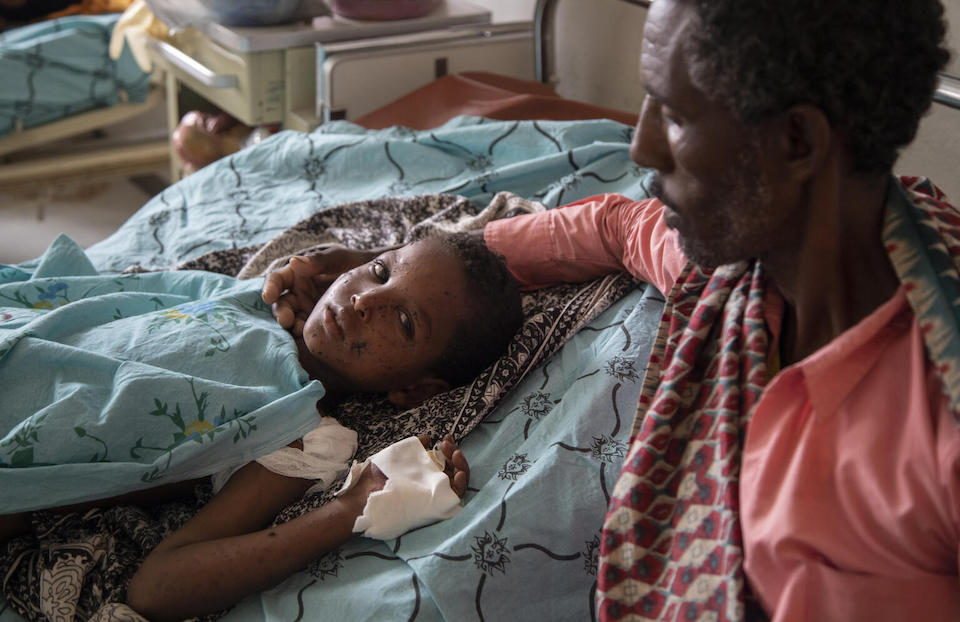
Governments should hold perpetrators to account when children’s rights are violated, and step up with critical resources to fund the protection of children in conflict at the scale and speed required, in line with growing need — by investing in humanitarian response and national child protection workforces.
UNICEF also calls on humanitarian donors to increase investment in protecting children in conflict, supporting survivors, and monitoring, reporting and engaging with parties to conflict to end child rights violations. This includes prioritizing mental health and psychosocial support, reintegration and taking action to prevent and respond to gender-based violence — all vital steps to protect those at heightened risk of abuse and to support recovery from the trauma of war.
"Protection services for children must build upon existing systems and community structures, and support children’s rights, participation, and their best interests," Russell said. "Programs and advocacy in these contexts must unfailingly put children and their protection at the center of humanitarian action.”
A recent study by Humanitarian Funding Forecasting, commissioned by UNICEF and partners, revealed that by 2024, the child protection sector will require $1.05 billion to cover critical services for children in armed conflict — noting that current funding levels are nowhere close to matching that.
Support UNICEF's mission for child safety and protection in conflict-affected areas
UNICEF needs people around the world to speak up for the rights of children. That means demanding action by leaders to prevent attacks and violence against children in war. It means using one's influence over those who are in power to insist children are protected according to international law.
It means pressing for peace whenever and wherever possible.
Learn more about UNICEF's change agenda for protecting children in armed conflict.
Guidance for parents and caregivers: How to Talk to Your Children About Conflict and War.
UNICEF works in some of the world’s toughest places, to reach children in need. Support UNICEF's work around the world. Donate today.
